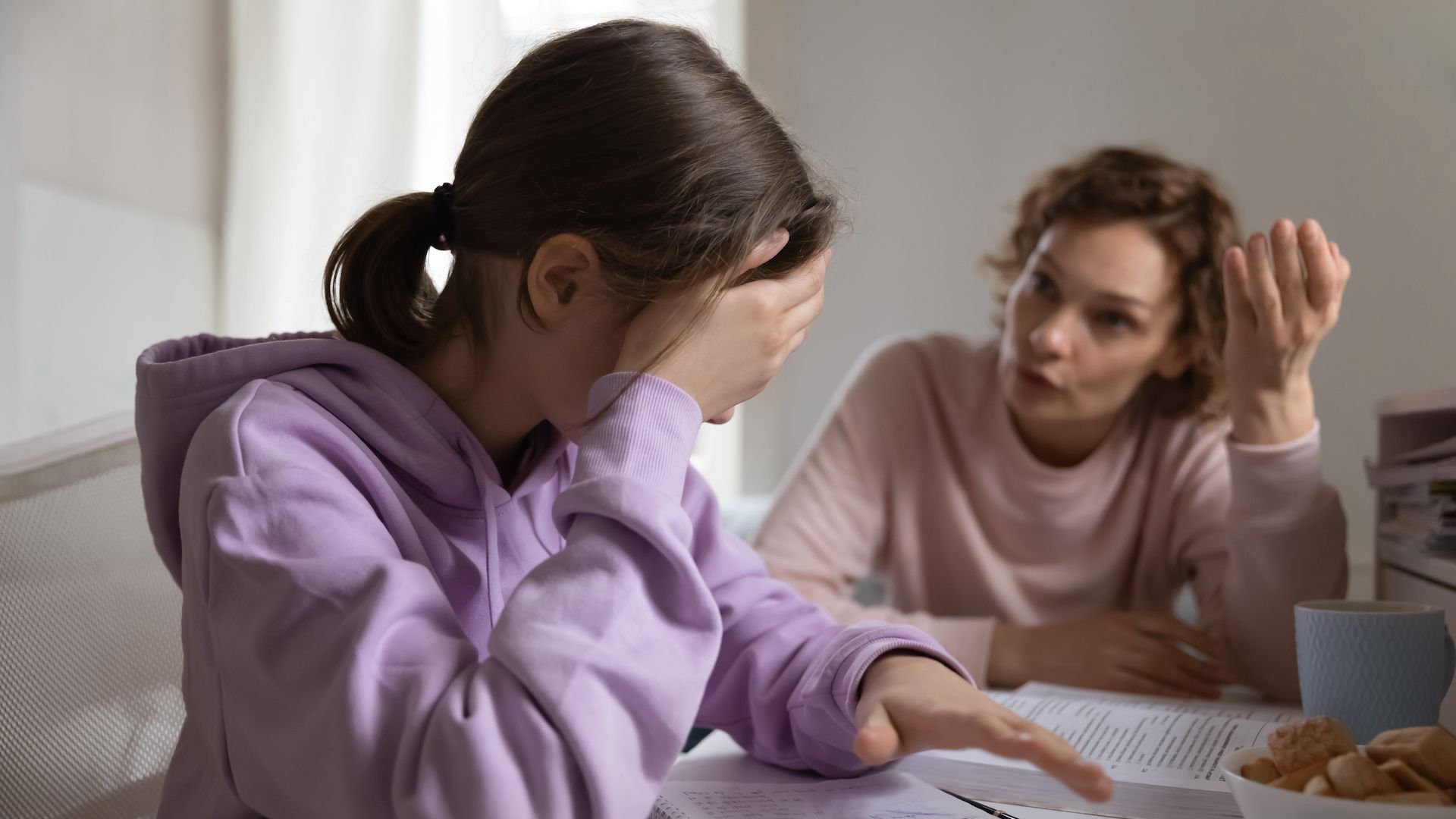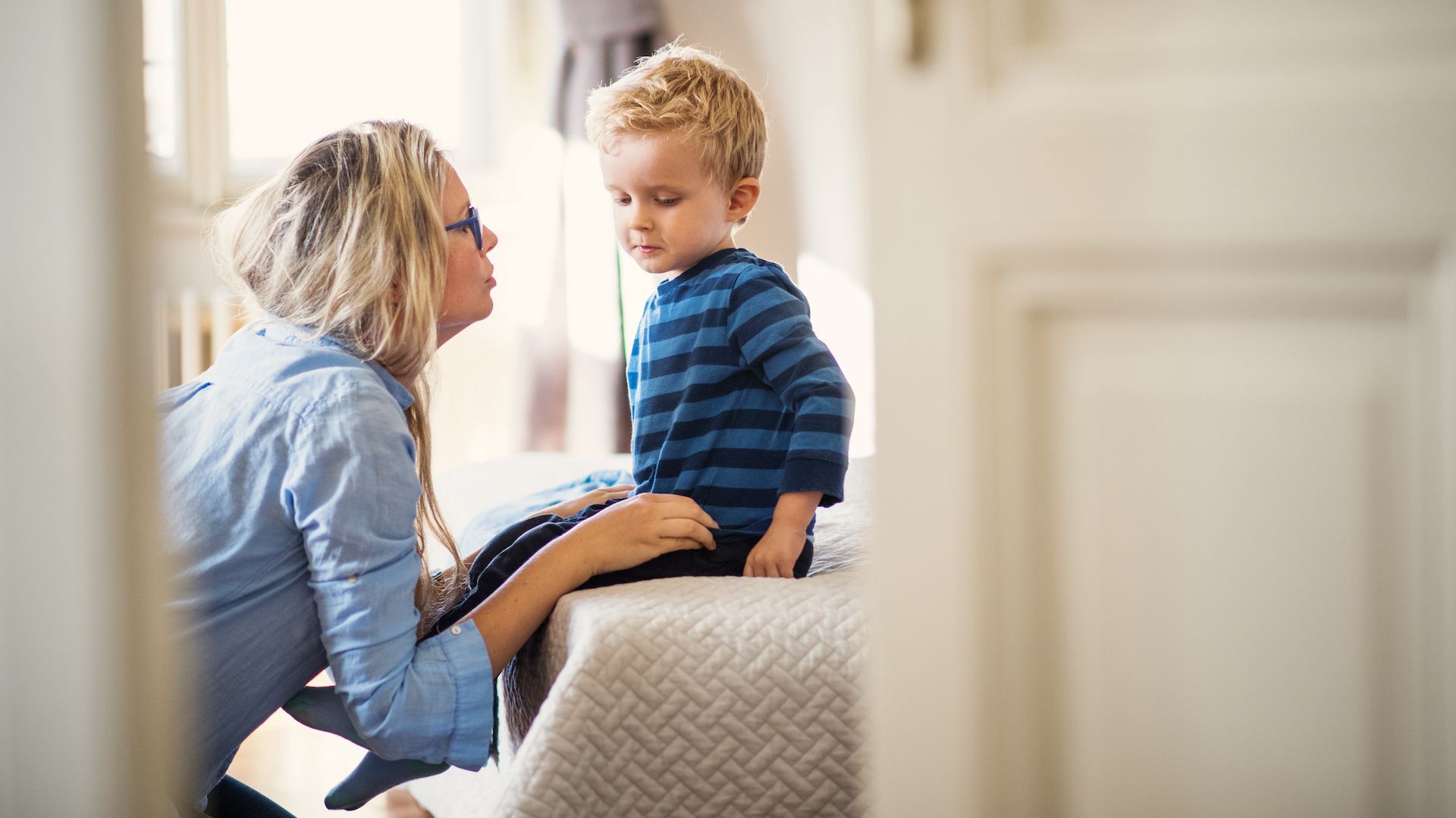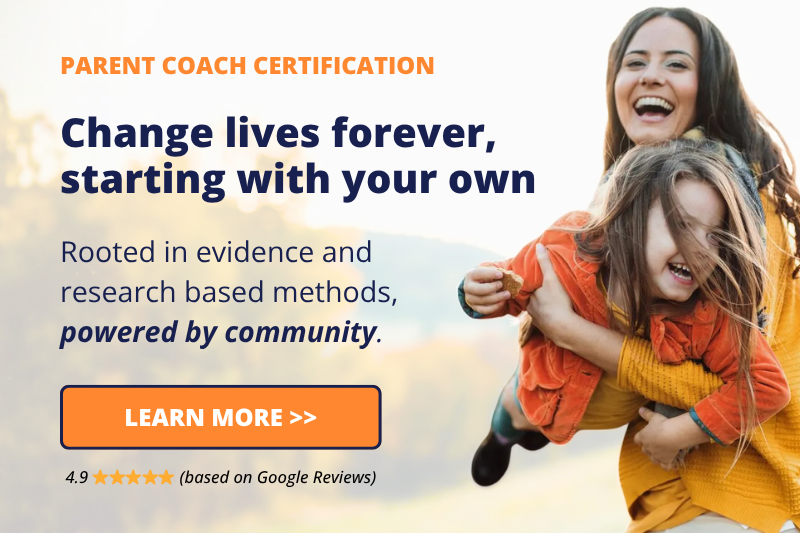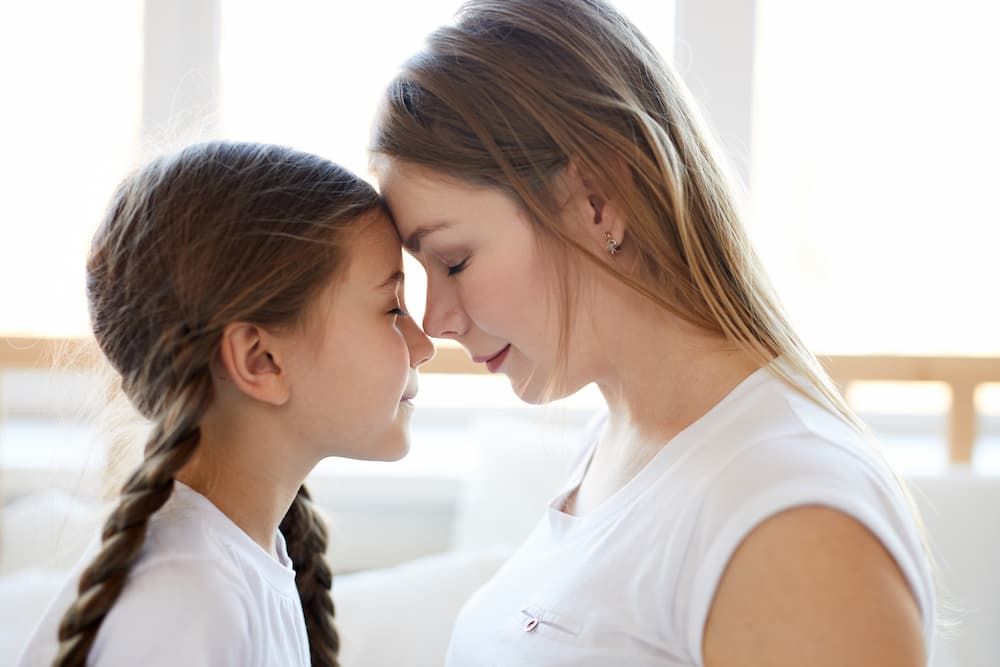The Science of Generational Patterns: From Trauma to Transformation
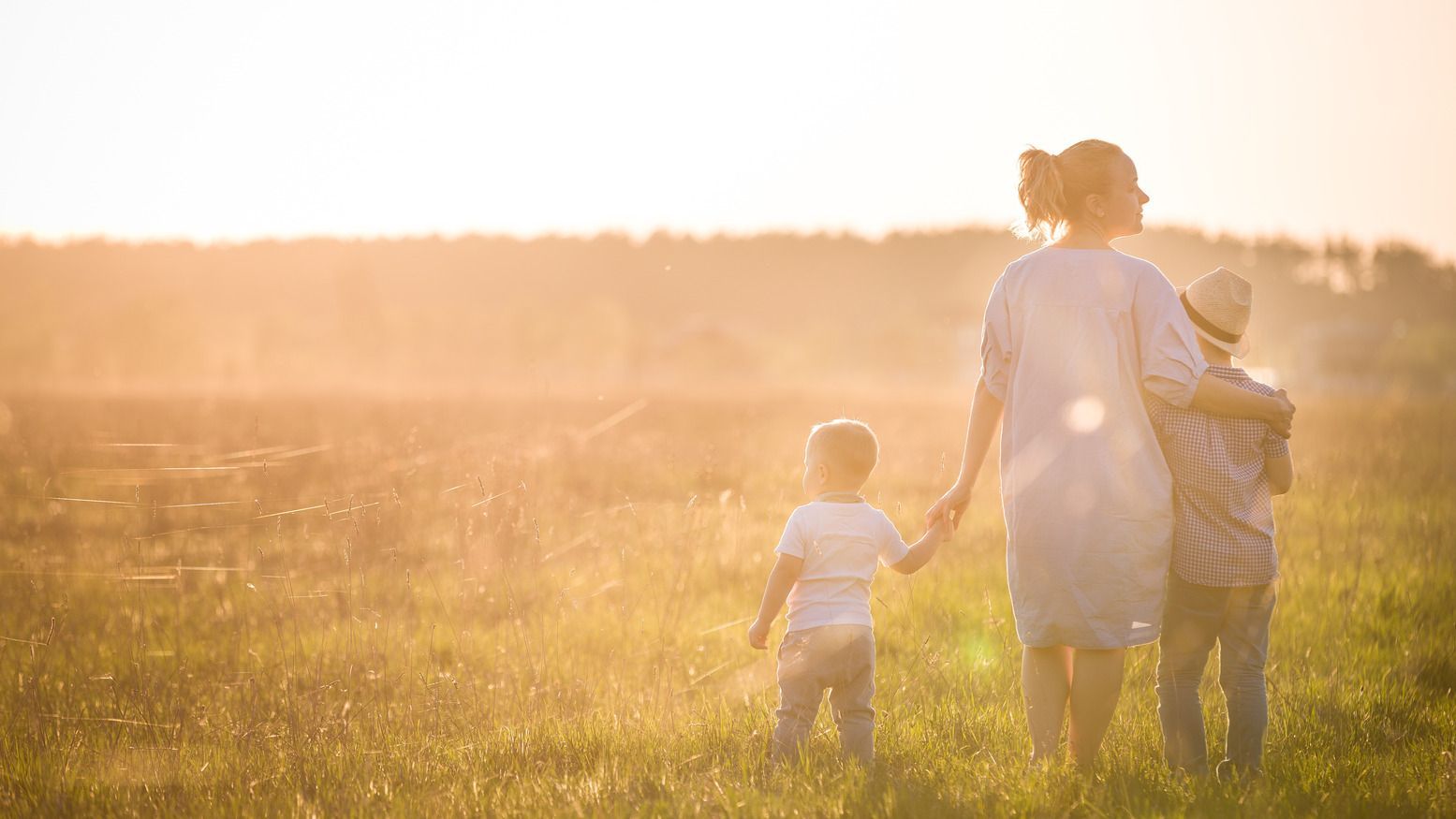
Abandonment issues… Intimacy challenges… People pleasing… Aggression… Scarcity thinking… Social anxiety… ANXIETY!...
Shall we go on?
For many of us, our childhoods left a mark. But because of the impact of generational trauma, our grandparents’ childhoods left a mark, too. Looking at our challenges as parents takes on an entirely different perspective when we recognize that we carry the emotional weight of our lineage.
This awareness can be a powerful catalyst for healing so that we can provide a better future for our children.
What Is Generational Trauma?
Generational trauma, often referred to as "intergenerational trauma," is the transmission of trauma from one generation to the next. It refers to how the trauma experienced by one generation can continue to affect generations to come, even if we did not directly experience the traumatic event. This phenomenon arises when the initial trauma experience is not processed or resolved. It can manifest in how we navigate the world, from our relationships to how we feel in our bodies, our mental health, and how we parent our children.
Where Does Generational Trauma Come From?
In Bonnie Badenoch's seminal work, The Heart of Trauma, she talks about the intricate tapestry of our past, mentioning both the epigenetic and psychological ways we absorb generational imprints. It isn't limited to our immediate family; entire cultures are shaped through this transmission.
Generational trauma impacts families by indirectly exposing children to the effects of their parents' (and sometimes grandparents’) trauma. Trauma can then be passed on through direct communication (stories, behaviors), subtle non-verbal cues, or even through the environment in which the child grows up. These influences shape family connections and dynamics and, without conscious intervention, become a generational cycle.
Understanding Your Emotional DNA
Judy Wilkins-Smith, an internationally recognized expert in family patterns, digs deep into the fabric of our generational imprint through her writing, speaking, and coaching work. She believes that events alone don't shape our patterns but rather our reactions and decisions in response to those events. Our families serve as the primary architects of these patterns, what some call our emotional DNA – a legacy scripted by our ancestors that often subconsciously dictates our decisions.
Neuropsychologist Donald Hebb's groundbreaking 1949 revelatory book
The Organization of Behavior explained how this happens. He discovered that repeated behaviors or emotions lead to strengthened neural connections and that, essentially, as children, we are
wired to absorb and integrate the patterns we continuously witness.
Why Does Generational Trauma Happen?
When we think of trauma, we often imagine singular, overtly damaging events. Trauma can also be a series of subtle and consistently negative experiences. Trauma becomes intergenerational when these experiences and our responses to them are unknowingly passed down through generations through our coping behaviors, emotional responses, and unprocessed emotions that impact how we show up in the world.
Sometimes, the initial generation that experienced the trauma might not have had access to the resources, knowledge, or societal support necessary to process and heal from the traumatic event. Lack of understanding or acknowledgment of trauma can lead to suppressed emotions and unresolved grief.
Those who have experienced trauma might unintentionally communicate their trauma to their children. For instance, a parent who has unresolved trauma might become overly protective, instilling excessive fear or anxiety in their children. Children raised in environments marked by the consequences of trauma (like poverty, instability, or community violence) can develop trauma responses even if they didn't experience the initial traumatic events.
When entire communities or populations face traumatic events, such as wars, genocides, or colonization, the collective memory of that trauma can become embedded in cultural narratives, rituals, and beliefs. These shared memories can perpetuate feelings of loss, distrust, or anger across generations. Once again, these same events can create more meaningful connections to family and community. From these same devastating experiences can come exquisite art, music, and writing.
In many cultures and societies, discussing traumatic events or seeking help is stigmatized. This silence can prevent healing and further entrench the trauma within families.
Epigenetics: Beyond Emotional Legacy
Recent studies have shown that trauma can induce changes in gene expression that might be transmitted to subsequent generations. This thought process means that children and grandchildren might be biologically predisposed to certain stress responses because of their ancestors’ traumas.
The tangible
reality of generational trauma was brought to light by Harvard University and its significant contribution to the exploration of epigenetics. This branch of science sheds light on how experiences, especially repetitive ones during early childhood, can influence the expression of genes. Consistent positive experiences bolster a child’s cognitive and immune development, while chronic stress or negativity can hinder them.
Our genes can, in a sense, “remember” the experiences of our ancestors. This genetic “memory” can influence our physical and mental health and our reactions to certain situations.
What Are the Effects of Childhood Trauma?
Childhood, a critical period of rapid brain development, can have lasting effects on our future. The experiences during these formative years, both positive and negative, set the foundation for our emotional and physical health. Traumatic experiences during childhood can lead to a host of issues, ranging from mental health disorders to increased susceptibility to certain physical diseases.
Trauma, by its very nature, can be profoundly disruptive to our mental, emotional, and physical well-being. It can affect how you perceive the world, how you interact with others, and how you understand yourself. It can also have many impacts that strengthen us.
Research on posttraumatic growth (PTG) shows that many individuals eventually find enhanced personal resilience, a renewed appreciation for life, deeper emotional connections with loved ones, increased creativity, a heightened sense of spirituality, and expanded life opportunities after facing traumatic events. Those who experience trauma can have a much broader perspective and understanding of the world around them.
While no one would seek these outcomes through traumatic experiences, it would be inaccurate to simply focus on the negative impacts of trauma without acknowledging the incredible attributes some people develop through these impactful life events and circumstances.
Breaking Generational Patterns
When it comes to
healing generational patterns, recognition is our most potent tool. Once we see these patterns, we hold the power to rewrite our narratives. One can achieve this change through therapy, coaching (to learn new relational adaptations and strategies), mindfulness practices, and
emotional regulation techniques.
It’s also quite powerful to acknowledge and recognize the generational gifts that came from our ancestors’ life experiences… Things like resilience, independence, grit, or having an entrepreneurial spirit!
The science of generational patterns reveals that our present is a kaleidoscope of our past. Understanding and acknowledging these patterns offers a transformative power to shape a healthier and brighter future for ourselves and future generations.
Meet Your Author, Katie Owen
Jai Business Coach & Marketing Mentor
As a former practicing therapist turned copywriter and marketing strategist, Katie is passionate about the intersection of marketing and mindset. Katie embodies the practices of taking the simple actions, consistently over time, that create epic results.
A master storyteller, Katie works with our coaches to refine their message, increase their visibility and get clients!
Share This Article:
Curious for more?






